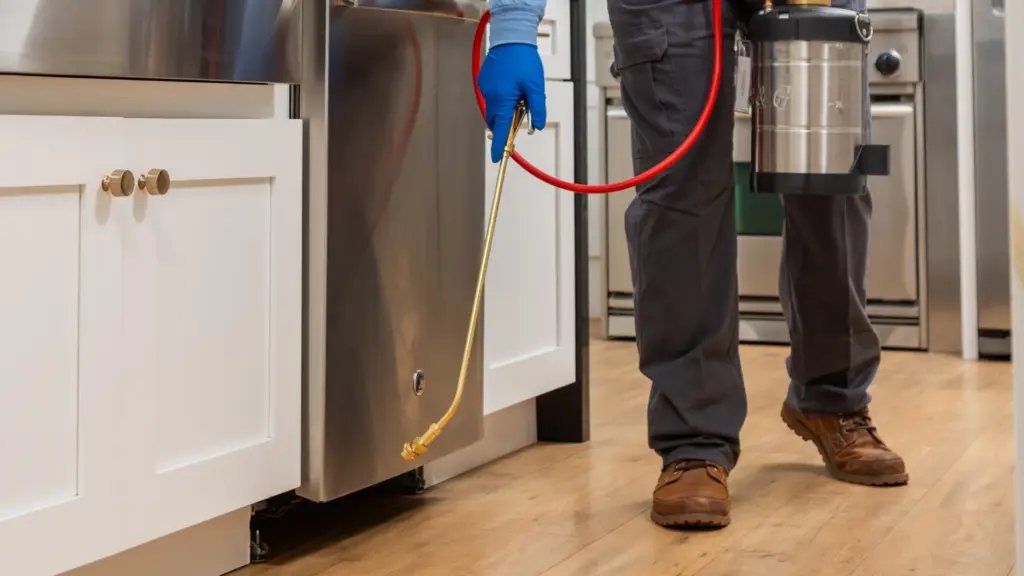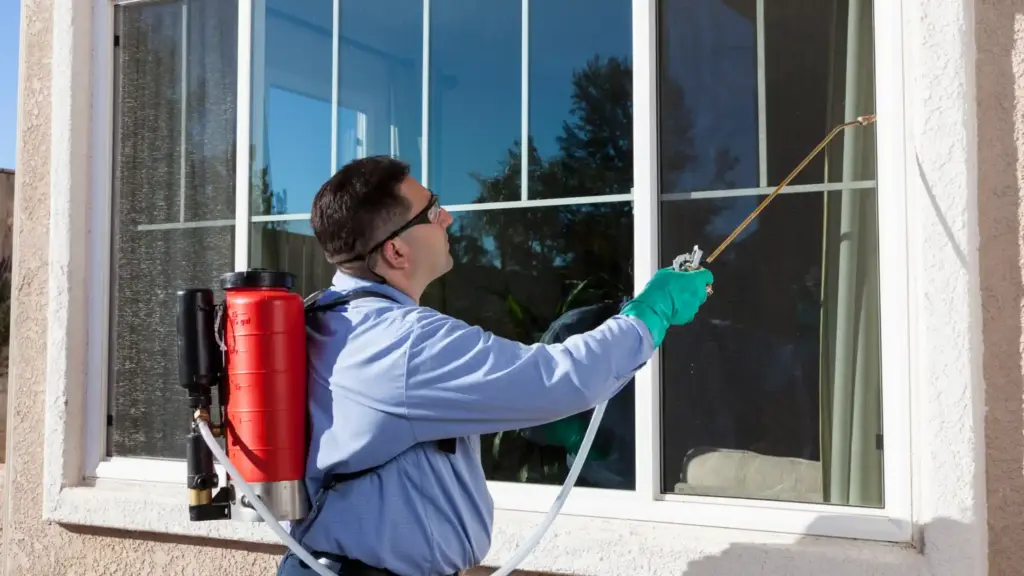Hornet vs Wasp: How to Tell the Difference
Ever spotted a buzzing insect in your yard and wondered whether it was a hornet or a wasp? While both belong to the same family of stinging insects, they have distinct differences that can help you identify them. Knowing how to tell them apart is not just interesting but can also help you take the right precautions, especially if they start nesting near your home.

What’s the Difference Between Hornets and Wasps?
1. Physical Appearance
The most obvious way to differentiate a hornet from a wasp is through their size and color:
- Hornets tend to be larger, ranging from 1.25 to 2 inches in length. They often have a more robust body and are less tapered at the waist. Their color varies from black and white (in the case of the European hornet) to black and yellow.
- Wasps, such as yellowjackets, are generally smaller, ranging from 0.5 to 1 inch. They have a slender, elongated body with a noticeably narrow waist. Wasps are brightly colored, usually with black and yellow stripes.
2. Behavior
Both insects can sting, but their behavior varies significantly:
- Hornets are less aggressive unless they feel threatened, making them slightly less of a nuisance in comparison.
- Wasps, particularly yellowjackets, are more aggressive and willing to sting multiple times, especially if their nest is disturbed.
3. Nesting Habits
- Hornets typically create paper-like nests that are large and spherical, often found in trees, shrubs, or on high structures. Their nests tend to be easier to spot.
- Wasps are more versatile with their nesting locations and may build nests underground, in wall cavities, or under eaves. Wasp nests range from small and inconspicuous to large hives.
4. Diet
Both hornets and wasps are omnivorous and consume sugars and proteins, but there are subtle differences in their preferences:
- Hornets are more likely to feed on live insects and are beneficial for pest control in your garden.
- Wasps also feed on other insects but are highly attracted to human food, especially sweetened items like soda, which is why they’re often unwelcome guests at picnics and BBQs.
Why Identifying Hornets and Wasps Matters
Understanding whether you’re dealing with hornets or wasps is important because it helps you choose the right course of action to deal with them. For example:
- Hornets are generally less of a threat unless close to people or pets.
- Wasps, being more aggressive, pose a higher risk, especially if someone in your household is allergic to their sting.
Identifying the nesting location and species enables you to address the problem safely and strategically.

Need Help Handling a Nest?
If you notice a hornet or wasp nest on your property, don’t risk taking action on your own! Improper handling of these nests can result in painful stings and escalations.
Our professional pest control services are here to help. At Brooks Pest Solutions, we specialize in safe, efficient removal of pests. Our team is trained to identify the species and implement strategies that ensure your safety and peace of mind.
Contact us today for a free consultation and let us take care of your stinging pest problem!
By understanding the differences between hornets and wasps, you’ll know how to handle these buzzing invaders. Stay informed and safe, and when in doubt, call the experts for help!
